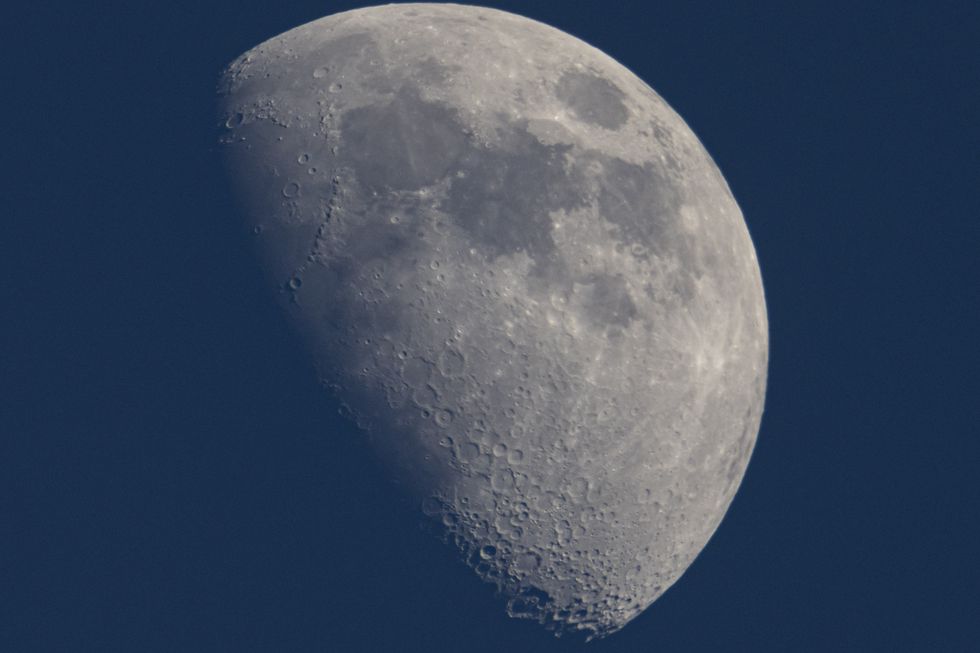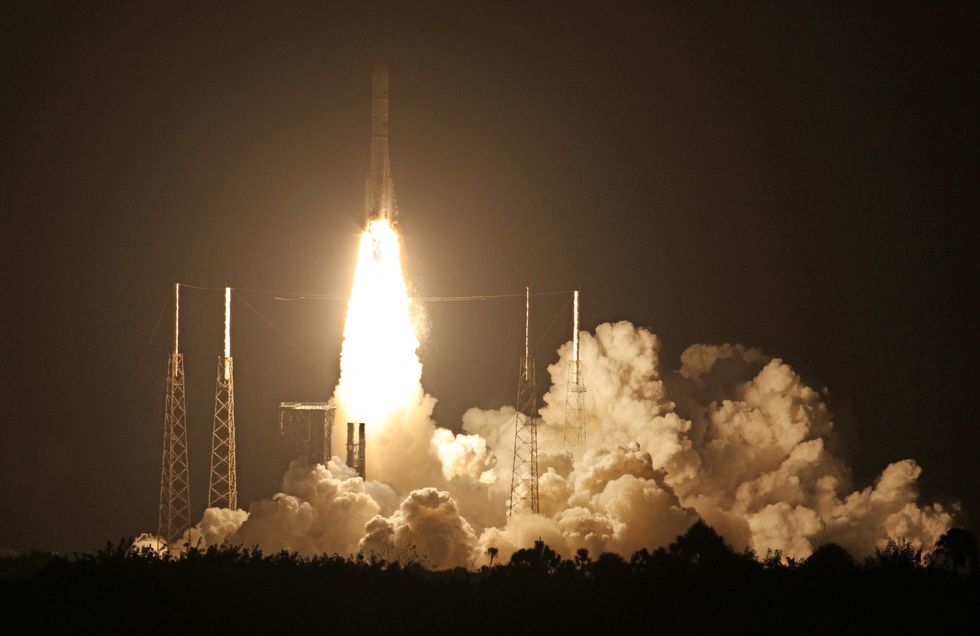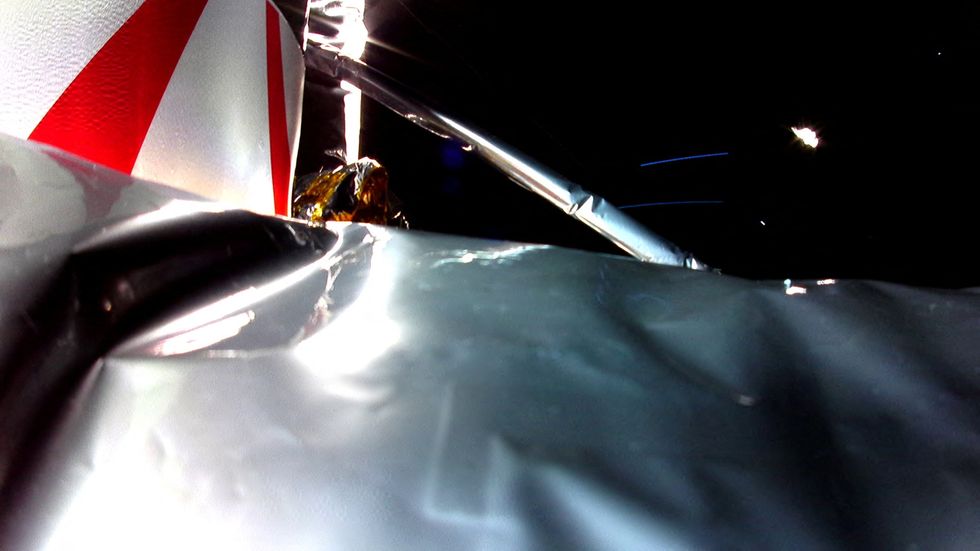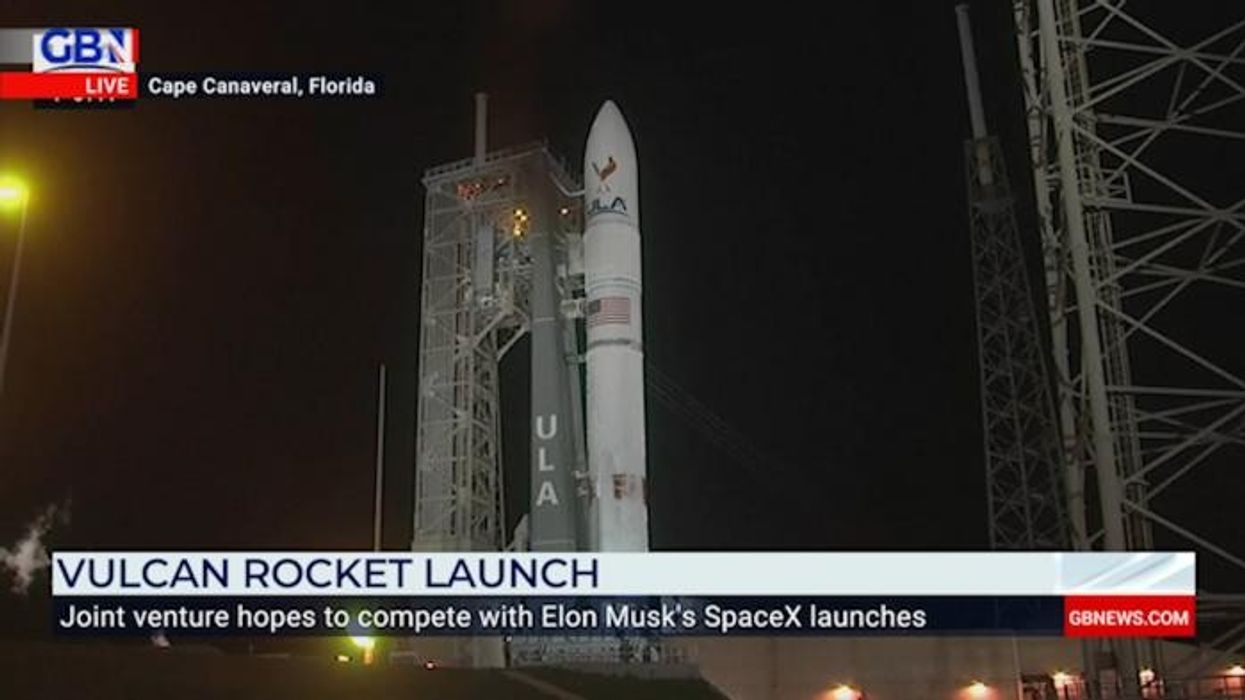Nasa issued stark warning moon's resource could be 'DESTROYED' under current plans

The space agency was told it must be 'very, very careful' with its lunar programme
Don't Miss
Most Read
Nasa has been issued with a warning that Moon exploration can have a serious impact on important scientific research.
Scientists have warned Nasa that its current plans could be destroying the Moon's unique scientific features.
It comes as Nasa stepped up its lunar exploration efforts once again with the commercial Peregrine mission, which launched on Monday.
Interested parties are eyeing up for control of resources, with plenty of probes being sent to the surface over the coming years.

Scientists are warning the unique features of the Moon could be destroyed
|Getty
Professor Richard Green from the University of Arizona said: "We are not trying to block the building of lunar bases.
"However, there are only a handful of promising sites there and some of these are incredibly precious scientifically.
"We need to be very, very careful where we build our mines and bases.
"The trouble is that it takes a long time to make changes to UN treaties, so we have to act now if we are to have a hope of making sure we have international agreements in place to protect the unique scientific features of the moon and ensure they are not destroyed through thoughtless exploitation."
LATEST DEVELOPMENTS:

United Launch Alliance's (ULA) Vulcan Centaur, lifts of at Cape Canaveral Space Force Station for its maiden voyage, carrying Astrobotic's Peregrine Lunar Lander.
|Getty
Harvard–Smithsonian Center for Astrophysics astronomer Martin Elvis added: "The issue has become urgent. We need to act now because decisions made today will set the tone for our future behaviour on the moon."
It comes as the Peregrine lander came into trouble came about seven hours after launch on Monday. Trouble started when the spacecraft was unable to reorient its solar panels to point at the sun, so its batteries could not charge.
A failure within the vehicle’s propulsion system the caused a critical loss of propellant. On Monday evening, the company announced that the fuel leak was causing the thrusters of Peregrine’s attitude control system to “operate well beyond their expected service life cycles to keep the lander from an uncontrollable tumble."
According to the company, the thrusters were only likely to continue operating for 40 more hours at most.

Space robotics firm Astrobotic Technology's Peregrine lunar lander is seen with a disturbance of its Multi-Layer Insulation (MLI)
|Reuters
The vessel was scheduled to land on the moon on February 23. However, a successful moon landing is looking less likely.
In a statement posted on social media on Monday, Astrobotic said: "At this time, the goal is to get Peregrine as close to lunar distance as we can before it loses the ability to maintain its sun-pointing position and subsequently loses power."
Assuming the mission is abandoned, Peregrine will become another piece of debris, floating in space.
The vessel contained DNA samples or portions of cremated remains from former US presidents, the science fiction writer Arthur C Clarke and Star Trek creator Gene Roddenberry.











